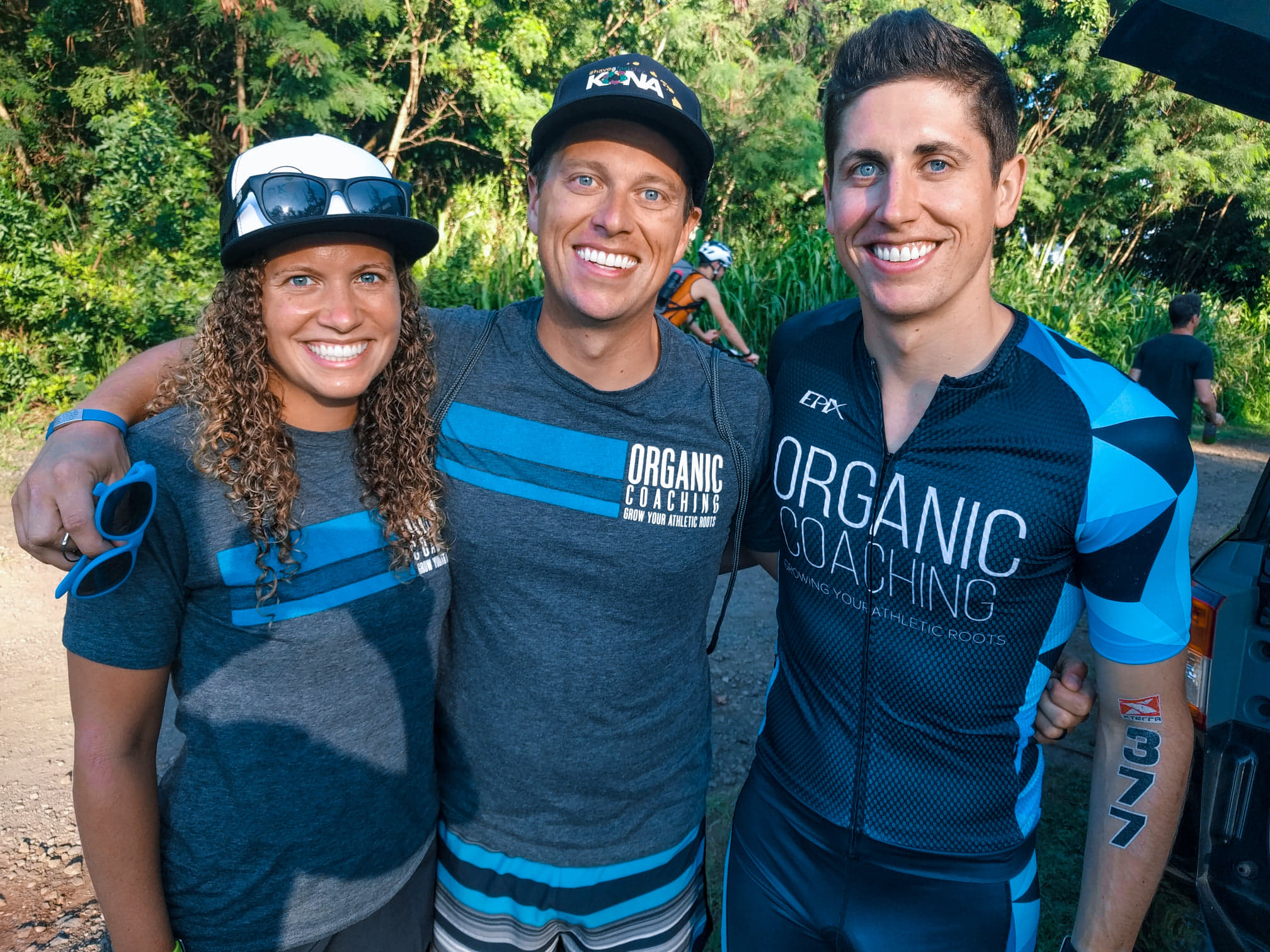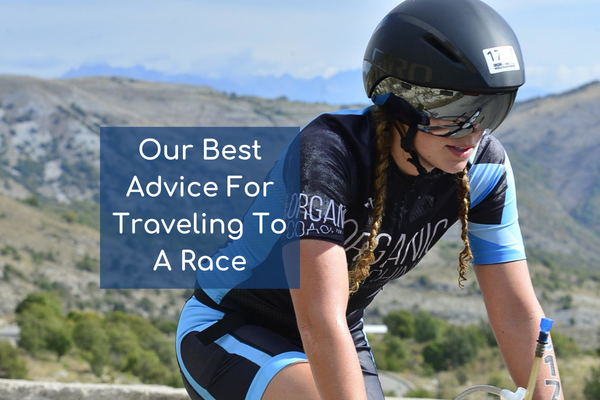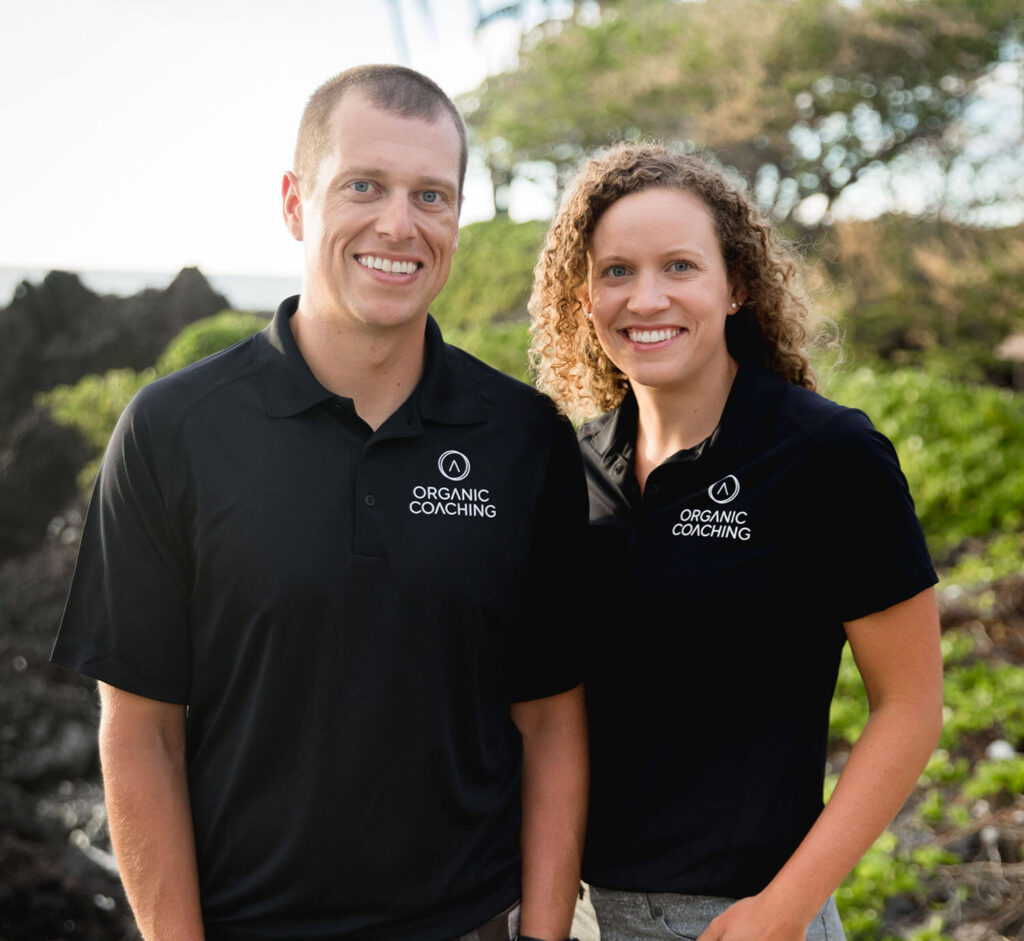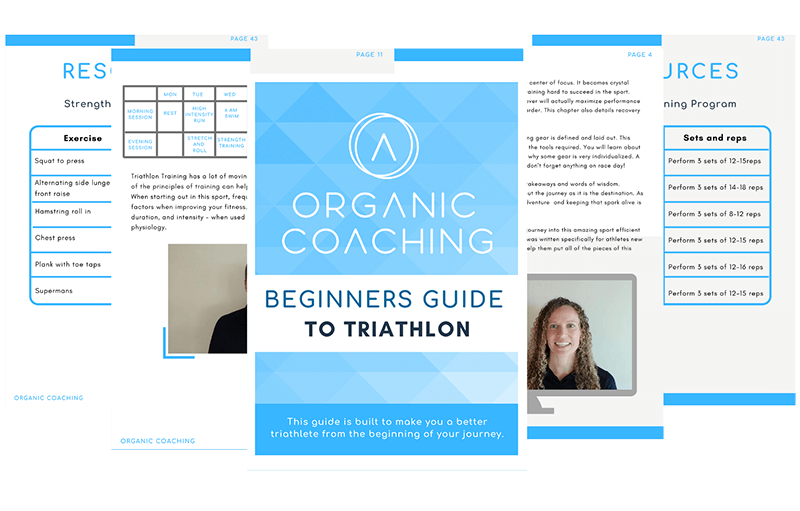

You have signed up for a destination race. Now what? Traveling to a race is not as difficult as many may think. With some research, planning, and list making it can be fairly easy! We are going to give you our best advice for traveling to a race.
The first thing I do once I sign up for a race I’ll be traveling to is book lodging. The reason for this is many times all the lodging close to the race will fill up quickly. So I like to lock in a place right away. Many times on social media you will see people as the race gets near in a panic trying to find lodging and having to stay a distance away from the race or paying high fees. I find a place that allows cancellation without fees and a full refund if paid upfront. I may book close to a year out from the race. As it gets closer to the race better options may come available. Also, look at the course and use the start/finish as a place to start looking. After a long day of racing, having lodging close by can be very nice.
Next is transportation. If you are driving it should not be an issue. If flying you will need a way to get around. Whether you decide to get a rental car, reserve this as early as possible. There may be a limited amount of vehicles to rent. You also have to consider getting one big enough for hauling a bike around so that cuts down on your options for the vehicle. With a rental make sure to get it at the airport and not necessarily the city you will be racing in. You want to avoid trying to get to the rental car place from the airport.
Other options that may be available to you are public transportation, shuttles, or services like Uber. Do your research ahead of time and make sure these services are available in the area you are traveling to. If lodging is close to the race you may be able to get away with transportation to and from the airport and walk when you need to get around.
Are you traveling to a race for a triathlon? Then you have to get your bike there. A few options are available for this. You can buy a bike case and travel with your bike on the plane. There are many options with cases that you would have to weigh and make a decision based on what works best for you.
When choosing there are three things to take into account:
If you do fly with your bike make sure to open the case up and inspect the bike for damage before you leave the airport. Another option would be to use a company that ships bikes either to races or a local bike shop. This option can also be a bit pricey and may require you to drop off the bike a week or two in advance before the race. The last option I’ll list is to mail it to your lodging ahead of time. This leaves you at the mercy of whatever company you choose to mail it with as to when the bike will arrive. When flying with your bike something you can do is put an apple air tag in with the bike. This way you can know where it is.
Do some research and plan when you should arrive. Know ahead of time when the athlete check-in and bike drop-off are. The earlier you arrive the better. This can help alleviate some stress and let your body adjust to the climate and time change if there is any.
Making a checklist can save you a lot of headaches. This can help prevent you from forgetting something and being in a panic and trying to find something once you reach your destination. Every little bit of stress you can avoid before the race helps.
The first thing I do is have a list of what I will need for race day, workouts while I’m there, and basic needs. Mark it off as it’s packed. Since it can get expensive bringing everything while flying, really put some thought into items that may not be needed. Look at the weather and pack accordingly. Will it be hot, cold, or rainy? One thing that could save you some room is knowing what the water temp will be or at least having some idea. If the race is not looking to be a wetsuit legal or even a temp that you are comfortable with without a wetsuit it may be beneficial to not bring it. If bringing the wetsuit, turn it inside out. The outside can be a bit more delicate than the inside so this can help prevent cuts and tears.
Bring your pedals, and bike shoes in your carry-on. There is always a chance of the bike getting damaged or lost. If this happens you have your pedals and shoes and might be able to borrow or rent a bike. Is there anything else you need that you will not be able to replace if lost in transit? Bring in a carry-on.
Don’t forget some basic tools you may need if the bike was disassembled. I like to have very compact tools to cut down on space and weight. One great example of this is I travel with the Silca T-ratchet torque kit. All fit in a very small pouch and can torque bolts to proper specification. If you travel with two pairs of shoes (race shoes and workout shoes) pack the race shoes and wear the workout shoes. Make use of the space you have. Fill the inside of shoes or other equipment with smaller items. I like to use my transition bag as my carry-on backpack. This way I’m not packing a bag into a suitcase.
Stay hydrated while traveling. You are traveling to a race so you already should be hydrating to be prepared for the race. Don’t let the fact that you are driving or flying stop you from continually drinking something.
Jet lag can affect you and your performance on race day. Sleeping on the plane can be one way to get ahead of it. Although it can make the whole trip more expensive. Arrive extra early to let the body adjust to the time change.
Know ahead of time what the nutrition and hydration supplied on the course will be. If it is something that your body can’t handle, make sure to bring enough for the entire race. While traveling, try to eat items that you are familiar with. Before a race is not the time to try something new and then regret it come race day. Also, do research ahead of time and know if there are foods in the area you should avoid or if you need to stick to bottled water. In some places, you may even need to be brushing your teeth with bottled water. This is more so if traveling abroad.
It doesn’t hurt to be a bit of a germaphobe while traveling. Bring a small container of hand sanitizer. Can even go as far as having wipes to wipe down airplane seats and armrests. Not much will sideline your race faster than getting sick while traveling.
If traveling abroad, two things that you need to plan for are currency difference and language. Know what to expect when you get there and plan accordingly. Taking some cash and exchanging it once you get there or beforehand can be beneficial.
READ MORE: FLYING WITH YOUR BIKE


Carly and Tyler Guggemos built Organic Coaching in 2014 with a simple philosophy that works. The idea is to take what you have and grow it to get faster, fitter and stronger. And to do it with the time you have – not the time you wish you had.

For athletes who are ready to take their training to the next level while still thriving and succeeding in their professional and family life.
Copyright © 2024 Organic Coaching LLC